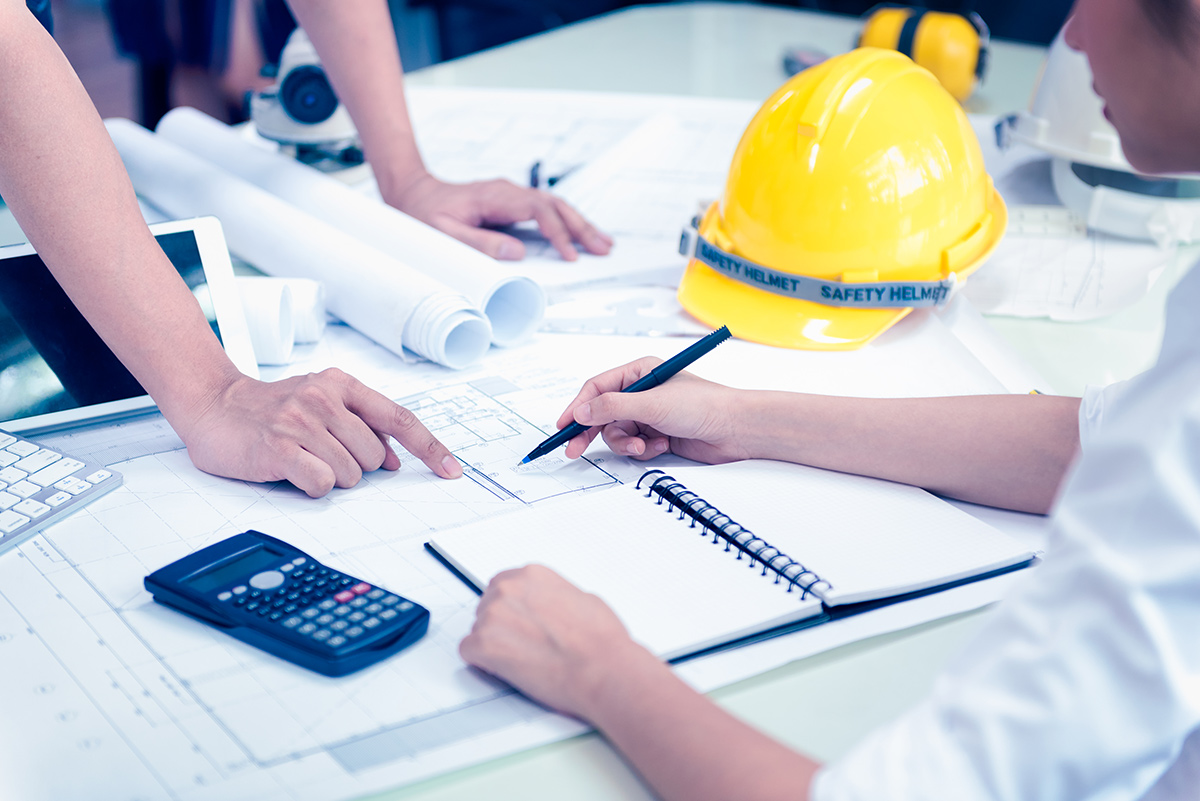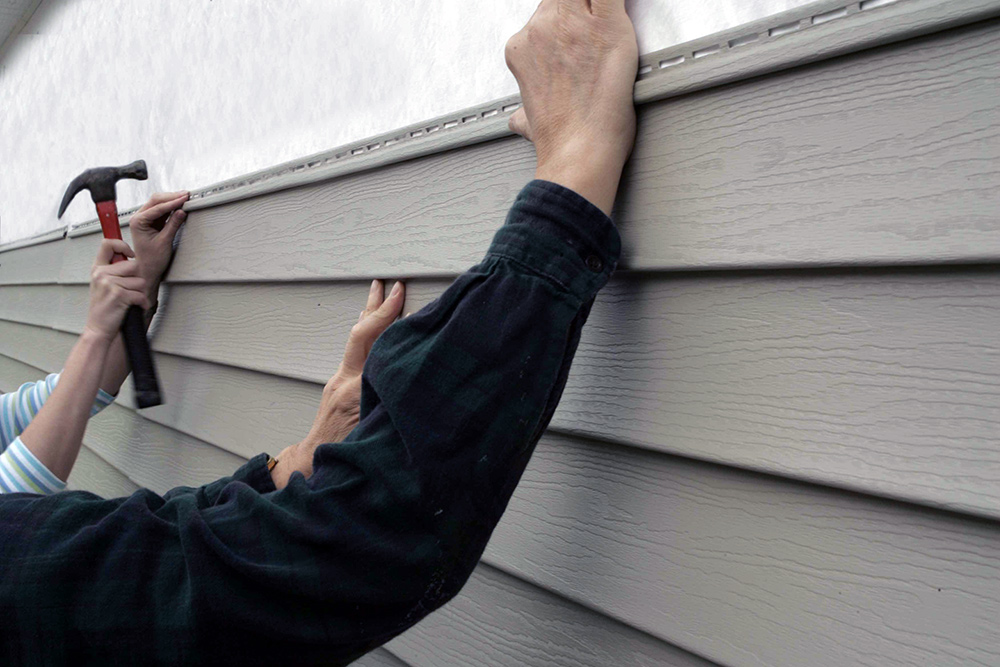Published on: October 11, 2021

If you’re looking for a vinyl siding cost estimation, you’ll need to consider 5 cost factors when evaluating your home or other residential building. While there are many variables as to the final cost, these 5 are the most influential.
We’ll take a deeper look into each of these cost factors to help you estimate the total cost of updating the siding on your home.
You’ve chosen vinyl siding as the main material for your home’s siding, but even once you’ve made that selection, you have many options. Today, vinyl siding can look like many different types of siding, such as wood or plank siding.
The style of siding that you select will impact your total cost. Here are some of your siding type options.
And even once you select the style, you can choose from various thicknesses and different manufacturers. The options can feel endless and having an expert come to your home and discuss your preferences can be helpful in guiding you to the right options for you.
This factor is more obvious to many homeowners. The larger your home is, the more surface area you’ll have to cover with siding, which means higher costs due to requiring more materials.
But the style of your home could also impact the total cost of replacing your home’s siding. The more trimming and adjusting your contractors must do to make it fit around obstacles and other design elements, the more costly it could be to install the siding.
Creating an estimate on your own will be challenging without contacting a few companies to get estimates.
We’ll help you get a very good idea. Also ask for our website discount on materials and labor.
You might be thinking to yourself “wait, I already selected my vinyl siding style. What other materials do I need?” So much more goes into vinyl siding installation than just the siding itself.
One of the most important materials you need for a vinyl siding project is the house wrap or paper that helps seal and protect your home. Some contractors offer a lower price for their work by using cheaper materials.
But the house wrap is extremely important. Without good materials, your home could have draft problems or allow moisture in the walls. This can cause serious damage and issues.
The 2FL team starts with a firm foundation for vinyl siding projects by using high-quality materials that protect your home and your siding. That way, you don’t have to worry about replacing the siding in 5-10 years due to rot, mold or other issues.
Vinyl siding does not need to go to a landfill to rot. Instead, it can be recycled and repurposed back into useful building material. But like many building materials, there is a cost associated with recycling them.
Part of the cost that contractors build into their estimates includes removing and disposing of your old siding. Removal takes more time than you might expect, which means labor expenses. So if you’ve priced out the cost of the raw materials at your local hardware store and your contractor’s price is double that, don’t get serious sticker shock because it takes many man-hours to complete these projects.

The siding contractor hours will be a large area of expense for your siding project. But the money is well spent. Installing siding is not a DIY project. One small mistake and you could cost yourself tens of thousands of dollars. It’s much smarter to start the project with an expert than to have to bring one in to fix an error.
And your project will also be completed much quicker if you use a contractor instead of trying to do it yourself or getting a handyman to help you out. Contractors bring in a full team to complete your project quickly to make your home look great again within no time.
Vinyl siding with installation and waste removal generally starts at about $7 per square foot. If you know the rough square footage of your home’s exterior surface, that should be enough detail to get a general estimate of what your siding project will cost. The more complicated and unique your siding style, the more you’ll likely see that expense go up.
Vinyl siding is the most affordable siding option. It is also low cost and low maintenance, making it very appealing for most homeowners as their siding material of choice.
The long-term expense of the siding is one of the lowest on the market since you don’t have to paint it and it lasts 20-40 years generally speaking.
The best way to estimate the cost of replacing your home’s siding is to contact a few contractors in your area and get estimates. When interviewing a potential contractor, consider asking these questions to learn more about the company and its reliability.
If you’re looking for a reliable and trustworthy siding contractor in the Seattle area, contact 2FL Windows, Siding and Roofing. Our team offers in-home estimates to discuss your options with you and make recommendations based on your style preferences and interests.
We put our customers first and don’t require payment in full until the job is done and you’re completely satisfied. Experience our outstanding service and quality work by scheduling your free estimate now.
Further reading:
Comments are closed.

Read the latest articles about siding.

[…] Vinyl Siding Cost Estimation – 5 Cost Factors for Residential Buildings […]
[…] Vinyl Siding Cost Estimation – 5 Cost Factors for Residential Buildings […]
[…] Vinyl Siding Cost Estimation – 5 Cost Factors for Residential Buildings […]